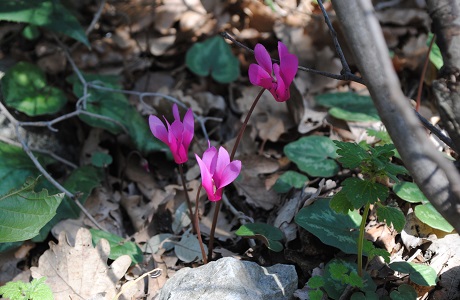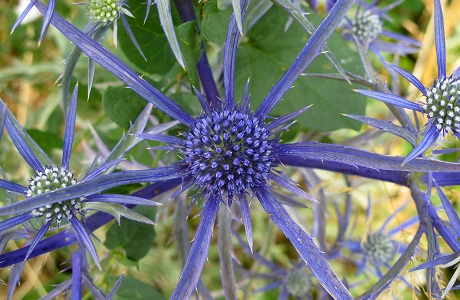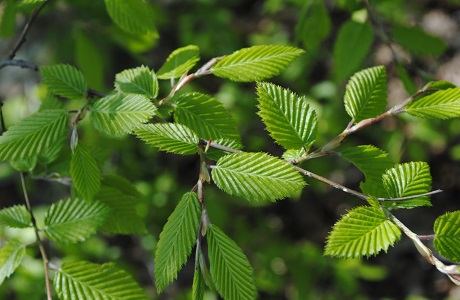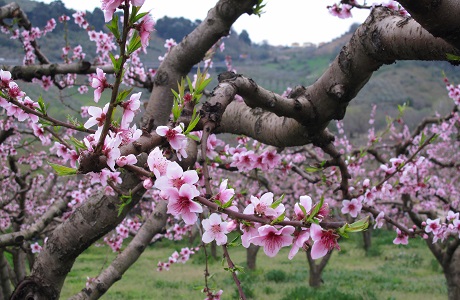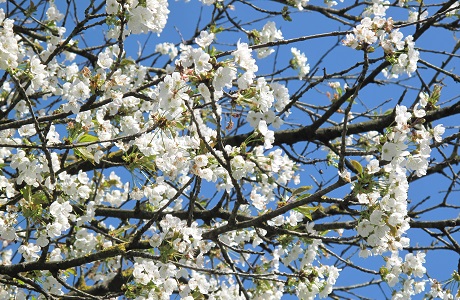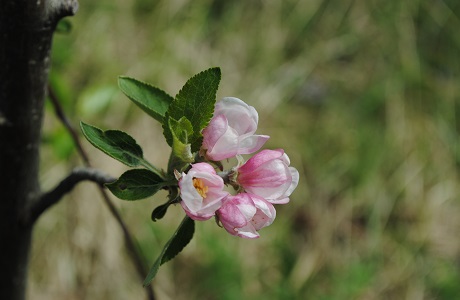Itinerary edited by UNIVERSITY OF CHIETI-PESCARA

The natural exhibition of the Regional Seminary of Don Ciro Padalino appears to reflect the agronomic, social and cultural history of Abruzzo with the sequence of events, discoveries, ascendencies, famine and disease that have occurred over time. A collection of herbs, seeds and woody species for a mosaic of the Abruzzo territories, each with their culinary and medicinal recipes. Indeed, the mountainous and hilly areas of Abruzzo retain a great diversity of cultures that for centuries has accompanied the communities that have inhabited these territories. Today the re-discovery of the gardens and old plant varieties has relaunched historical, landscape, aesthetic, social and even therapeutic aspects. Among the many plants In the herbarium, of which there are some examples here, you can find those that are no longer cultivated, and after becoming spontaneous, are today being rediscovered and re-used; other plants are collected for therapeutic purposes and for their use as dyes.
Seeds, herbs and woody species tell of gardens, open fields and woods, often linked to the sheep tracks of the transhumance shepherds, providing a connecting thread between Puglia and Abruzzo, between the collection of the Regional Seminary of Don Ciro Padalino with his Puglian origins and the plants of our Abruzzo region. Abruzzo stretches from the sea to the highest peaks of the Apennines, as a border area between the continental and Mediterranean macro-regions, and it has had exchanges with people coming from the North and the South, and from the other shores of the Adriatic Sea. This influx enriched and characterised the ancient cultures of the Italic people, with the input of new seeds that could adapt well to the various climate and soil conditions. With time, some of these have been lost, but the establishment of the protected areas has given a new lease of life to the inland areas. The protagonist is the farmer, who is also the caretaker of traditional local dishes.


These herbaria testify to the natural flora of different locations within Abruzzo, such as Rapino, Chieti, Miglianico, Penne, Brittoli, Rosciano, Ari, Villa Celiera, Bucchianico and Raiano, and of the Italian territories of the island of Capri, and of Olgiate Comasco (in the Como province), Altamura (in the Bari province) and Colle San Marco (in the Ascoli Piceno province), and of the provinces of Matera, Parma and Ascoli Piceno. These samples in the Regional Seminary all belong to the first half of the twentieth century, and come not only from Abruzzo, but also from various Italian and French territories.
In addition to the herbaria, the collection includes a series of glass jars that contain seeds and fruit, a xylological collection, and some plant samples stored in special preserving fluids (formaldehyde based, and ethyl alcohol based). Storage in these preserving fluids is linked to the need to keep the morphology of the plant specimens intact, for better exhibits and for educational purposes, and to allow histological and developmental studies. All this material was used, and was sometimes also prepared for botany lessons, to learn the basics of the systems and taxonomy, and to introduce students to the processes of identification of the different plant species. This material provided a great teaching aid to help the spread of knowledge about the plant world among young people. The preparation of plant samples is indeed an activity of high scientific educational value, which leads to the development of the capacity of observation, invites the learner to explore the territory, stimulates observation and interpretation of the environmental complexity, and helps in the understanding of the hierarchical system of taxonomy and the stringency of scientific research methods.
Today, these specimens are very important pieces of evidence due to their good state of preservation and to the large datasets that they hold, with the aim being to deepen the relationships between flora, vegetation, the land, and human activities in the various Italian regions. Indeed one of the main functions of botanical collections is to be an indispensable research tool. The possibility of being able to study various plant samples, especially in the herbaria, to examine their macro- and micro-morphological characteristics, to compare samples that are similar to each other; all these constitute the basic elements to examine and determine certain similarities and differences between species, and therefore to introduce and define the fundamental concepts of taxonomy.
Moreover, the herbarium represents a helpful tool in geobotanical and ecological research, to validate the presence of certain species in certain places and environments at given times, and also to offer the possibility of making comparisons with today's conditions.
